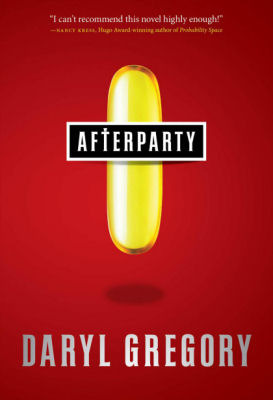Out of the Dark was originally a short novella published in a collective called Warriors that I have previously blogged about. Weber with the encouragement of friends decided to expand the novella into a full length novel. Having liked the novella and hoping the novel would take it farther I gave it a read.
Out of the Dark is about an alien species that comes to Earth to enslave the population to work for it. To take the fight out of the people and make them submit they destroy nearly every government installation and military base. The surviving population is left fighting for its existence.
Sadly the book ends nearly the same place as the novella. But I realized that reading the novella was like reading cliff notes. It gives the highlights and parts that are important but skips over a lot of backstory. The novella also left out lots of details and characters that I think the novel is better off for having. At times though Weber can get a little carried away trying to describe everything but he tries to keep it in character. A good example is a gun nut debating the best ammo to use and giving the weight and power of each. Is that detail needed, no but would a gun nut be thinking about it when considering ammo, almost certainly.
Overall Out of the Dark is good up until the last couple chapters. After that point the book is either horrible or still good depending on if you like the ending. If you can accept it you will like it, otherwise I can easily seeing people slamming the book shut and throwing it across the room.































